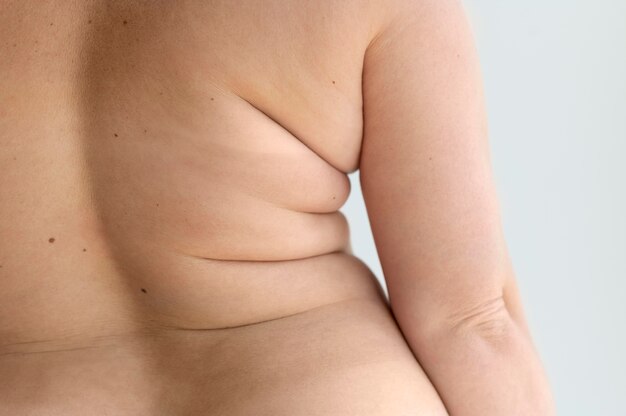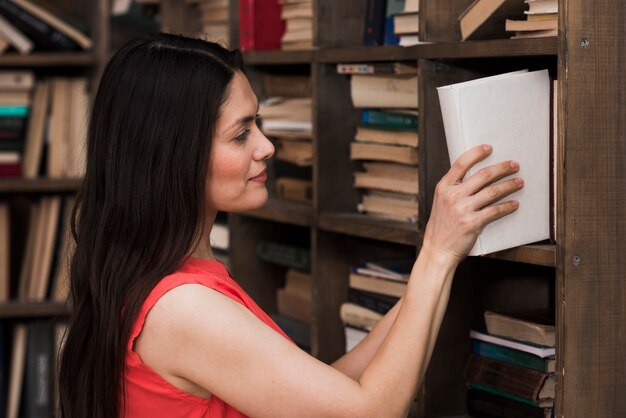Breast self-examinations are a key practice for spotting breast cancer early. This simple self-check helps you get to know the look and feel of your breasts, making it easier to notice any unusual changes.
Regular self-exams help you understand what your breasts normally look and feel like, so you can quickly notice any new changes or irregularities. The most common sign of a potential issue is a lump which is usually painless but can be felt or sometimes even seen. It鈥檚 also important to keep an eye on your nipples, noting if one starts to retract, stick out more, or leaks fluid. Any changes in the skin, especially if they only affect one breast, should also be watched. Doing these exams regularly helps you keep track of changes in your breast tissue and notice any new hard lumps that weren’t there before.
Breast cancer is the most common cancer among women. It happens when some breast cells grow uncontrollably and form a tumor. These tumors can be benign, like fibroadenomas or cysts, or malignant (cancerous). Malignant tumors are particularly dangerous because they can spread to nearby tissues or other parts of the body.
Early diagnosis is possible with routine mammograms and check-ups, which depend on your age and personal health history. The stage and characteristics of the cancer at the time of diagnosis influence treatment and recovery options. Treatments include surgery, chemotherapy, radiation, hormone therapy, and biological therapies.
You should start doing breast self-exams from age 20, once a month, ideally one week after your period ends since hormonal changes can affect your breast tissue. By being familiar with your body, you can distinguish between normal changes and potential problems.
If you鈥檙e pregnant or in menopause, the timing is less critical, but any new symptoms like skin changes, nipple discharge, or changes in breast shape should lead to a doctor visit.
A self-exam has two parts: looking and feeling.
Looking: Stand in front of a mirror with your shoulders relaxed and arms at your sides. Look for any changes in breast shape, skin color, cracked nipples, skin sores, or dimples. Repeat these checks with your arms raised and again while pressing your hands on your forehead and tightening your chest muscles.
Feeling: Use the inner part of three joined fingers to feel your breasts in small circular motions. Check each part of your breast, applying gradually more pressure to feel deeper tissues. Notice any lumps or hardened areas.
While doing a self-exam, watch for changes in breast shape and size, lumps in the breast or armpit, nipple discharge, skin changes like dimples or wrinkles, and any new sensations. Other warning signs include new breast lumps, changes in the nipple’s appearance, skin or areola rashes, and unexplained pain in the breast or underarm.
Remember, self-exams don’t replace professional breast exams or tests like mammograms and ultrasounds. However, doing them regularly and correctly can help detect cancer early, reducing the risk of finding it at an advanced stage. If you notice any concerning symptoms, contact a healthcare professional right away.







